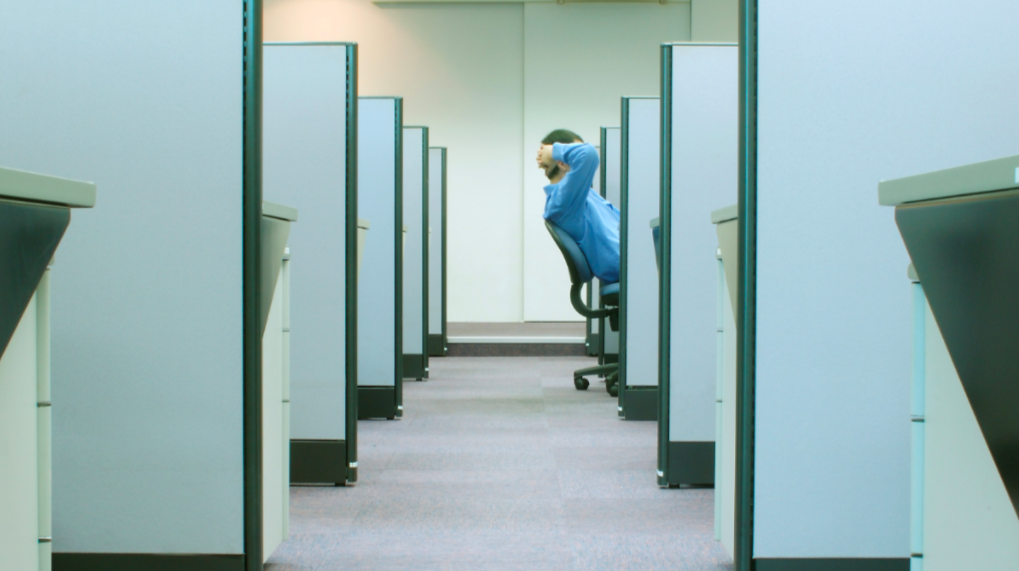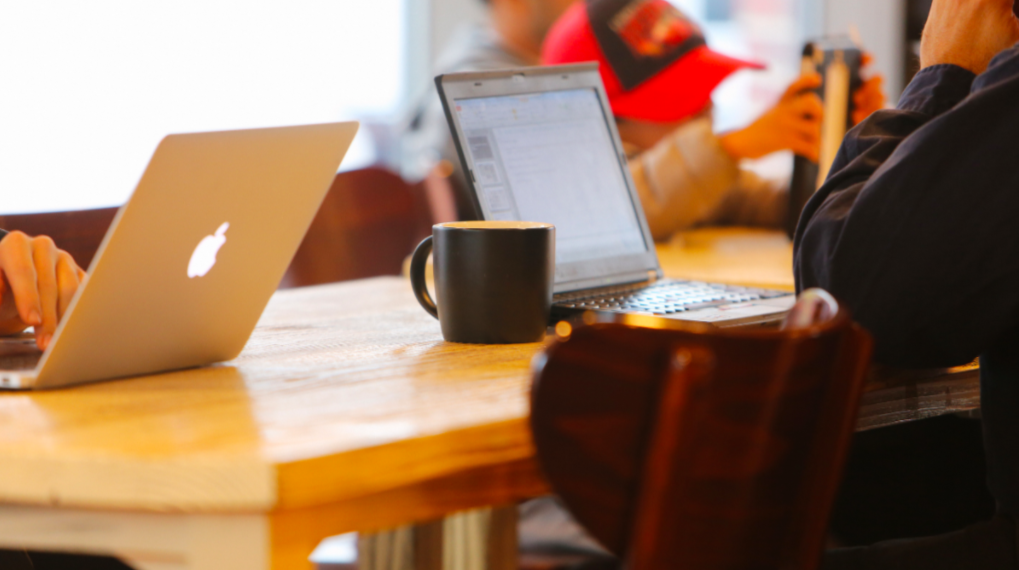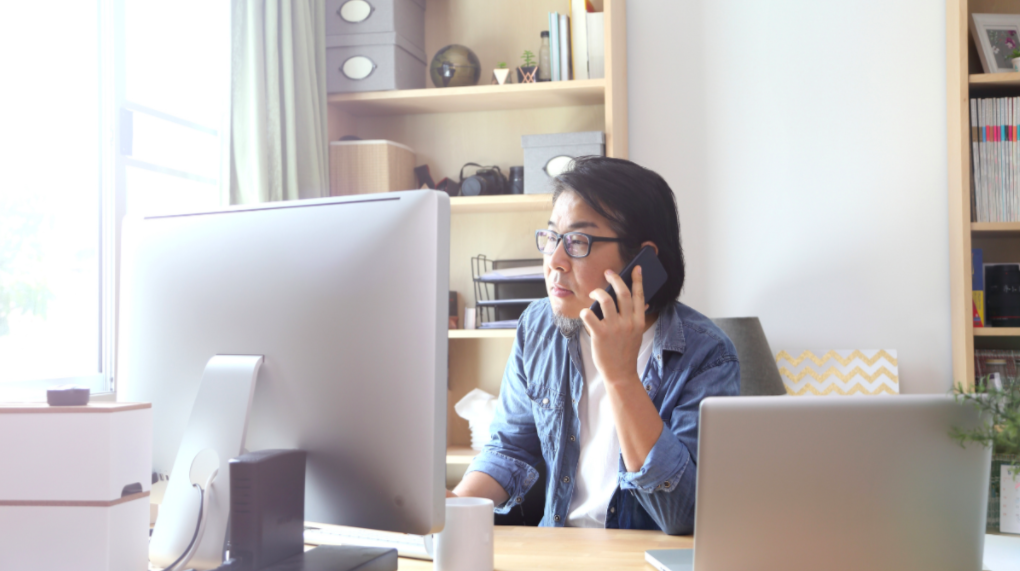Future-Ready Work Environment – What Does It Look Like?

Many leaders would agree that creating a work environment that’s fun and well-balanced is key to inspiring employees to become more productive. It also plays a crucial role in keeping employees happy and loyal. But what happens if the typical workplace that everyone is used to suddenly changes? Will employees continue to deliver results? Will this affect a company’s performance?
For the previous quarter, the world has been grappling with the possibility of permanently shifting to a work from home arrangement. After all, at this point, it’s hard to tell how long the pandemic would last and what we can expect to see after everything finally settles down. As a result, companies need to make drastic adjustments to their workplaces. This way, they can accommodate the needs of their employees and resume normal operations. So, what does the new work environment look like, and how does it compare to the old version?
Pre-COVID vs. Post-COVID workplaces

Workplaces have dramatically changed over the last few decades. Notably, during the 70s to 90s, employees focused on working independently, so offices mainly had C-level suites and cubicles. Back then, tech wasn’t that significant in improving productivity as people were used to doing manual work even for repetitive tasks. Also, there weren’t a lot of tech innovations available.
Then by the 21st century, collaboration became increasingly important. As a result, office cubicles got replaced by worktables, employee lounges, and open floor plans. Organisations also prioritised corporate wellness to ensure the comfort of the teams while working. Also ergonomic office furnishings became incredibly popular during the early 2010s as working professionals became more conscious about their health.
There was also an increased interest in tech innovations, such as file-sharing apps and online communication software. Employees became digital-savvy and turned to automation to work smart. Additionally, before the pandemic struck, companies have started their digitisation journey to create a smoother and faster workflow.

Fast forward to the recent time, technology has taken on an even more significant role in workplaces as it facilitated remote work arrangements. Instead of meeting in a physical office, professionals connect virtually.
This resulted in the massive growth of various tech companies in the last few months. Take, for example, Zoom, one of the most common tools used in remote working. According to reports, Eric Yuan, Zoom’s CEO, and founder has earned more than $12B since the lockdown protocols began last March.
How can companies adjust to the new norm?

While the pandemic is still ongoing in many parts of the globe, various organisations have already started to get back on their feet. Many have been planning on how their workplaces should look like post-COVID in order to adapt to the new norm.
For example, some believe that companies might permanently shift to a remote work arrangement. Understandably, this setup could provide companies several benefits including the flexibility to hire top-rated remote talents. It may come handy in maintaining a diverse cross-functional team, especially in industries that require a lot of collaborative effort.
Others like Venture Beat think that some organisations might opt to follow a hybrid WFH model or a hub and spoke office model. Instead of investing in large spaces, C-level executives, especially those from expensive technology hubs, might start opting for a dispersed workforce. Companies located in costly real estate in Australia, Singapore, and Hongkong may find it more practical to opt for shared spaces.
There might also be companies that will insist on going back to their offices, especially those who find it difficult to make the WFM setup work.

Besides the workplace setup, companies also debate on the effectiveness of the current work environment, especially in terms of team productivity and collaboration. Does it work? Does it deliver results?
Some, like the CEO of Netflix, Reed Hastings, argue that there’s nothing positive to working remotely. This might be attributed to several factors such as lack of interaction between coworkers, work distractions, and blurred lines between work and personal life.
Others, on one hand, like CNBC and Thai Enquirer insist that the current work environment will most likely stay but may get a few updates to adapt to the current needs of the market and employees. Some examples of modifications that companies might need to make includes:
- Increasing the use of automation, especially for jobs that involve physical labor such as in factories and supply chain companies
- Expanding and improving the collection of data such as virtual clocking in and out and monitoring computer usage
- Holding virtual get-togethers to improve how teams work together
- Opting for shorter and more concise meetings
- Making the C-level executives and company stakeholders more accessible to the remote staff
- Adjusting work hours and integrating other activities that can help minimise employee burnout
- Creating a standardised process that employees, especially newbies, can quickly follow
- Providing work equipment to employees who don’t have available resources to use
- Upskilling workers to ensure they’re ready to use tech solutions that the company needs
Key Takeaway

Establishing an excellent workplace is more important than ever. It will not only help your company survive the potential economic fallout and ensure that you keep your employees happy and satisfied. It would be a shame to lose valuable talents at this very crucial time.
So, what adjustments have you made in your organisation to create a better workplace for your team? Need more help in figuring out what to do?
Check out our teaser video on the previously held “Exclusive Virtual CPO Roundtable: The Future-ready Work Environment”. We had some interesting insights from our speakers on topics including:
- Corporate Real Estate Service (CRES) in the New World of Work
- Productivity Impacts
- HR Policy & Issues
- Equipment and WFH Setup

Russell Harrison is the Executive Advisor at The Supply Advisory (a division of Datasearch Consulting), a leading executive recruitment firm specialising in Procurement & Supply Chain.
You can view the The Supply Advisory website or contact them directly at info@supplyadvisory.com for a more detailed discussion.